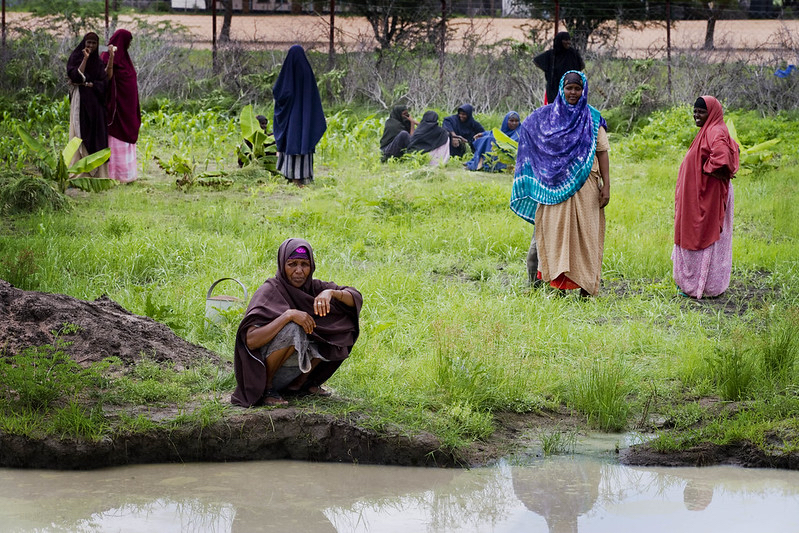How to Solve Hunger Around the World

Global hunger is an issue that has persisted throughout history and continues to threaten nearly 805 million lives today. Despite the overwhelming prevalence of hunger in impoverished areas around the world, there are a handful of solutions that have successfully encouraged fuller, healthier populations in recent years. In fact, within the last decade, more than 120 million people have been relieved of chronic hunger. In continuing to take these simple steps, global hunger can be greatly reduced, or even completely eliminated.
Here’s a list of actions to solve hunger in affected areas:
- Emergency relief
Starvation can occur as the result of natural disasters or man-made conflicts. Displaced populations, such as refugees, are at a far greater risk of experiencing hunger. In precarious situations, populations become susceptible to hunger suddenly and without warning. It is critical that aid services are able to react quickly and support people when disaster strikes. - Safety nets
Around 80 percent of the world’s population lives without a safety net in case of a sudden famine. A bad harvest can throw entire villages into a poverty trap that takes decades to escape. Having governmental or affordable, privately-provided insurance protects impoverished populations from the debilitating consequences of unexpected setbacks. - Nutrition for infants
Studies have proven that the first 1,000 days of a child’s life are crucial to long-term mental and physical development. Prioritizing nutrition within this window minimizes the negative effects of hunger. - Support for farmers
Small-scale farmers often need to take out loans to buy more land, seed, fertilizer and tools. However, in low-income countries, it can be difficult to obtain an affordable loan. Ensuring that farmers are supported financially increases yields and encourages local food markets. Additionally, supporting farmers is a tried and true method of how to solve hunger within the agricultural population. - Effective and efficient food distribution
Many think how to solve hunger is to simply grow more food. In reality, food shortage is due to inadequate distribution. Only 40 percent maximum of any crop makes it into a market to be sold, and many food producers in developing countries do not have access to global markets, thereby limiting their clientele and potential growth as a business. Improving food handling and giving small-scale farmers access to larger markets is crucial in approaching the issue of how to solve hunger.
While solving hunger is certainly an enormous task, the success in recent years by organizations like the U.N. World Food Program is more than promising. Aid-supported communities are far less likely to experience chronic hunger; therefore, understanding the link between poverty and global hunger is essential to confronting the issue. Ultimately, as with many global issues, empowering communities with the goal of sustainability is how to solve hunger.
– Kailey Dubinsky
Photo: Flickr
